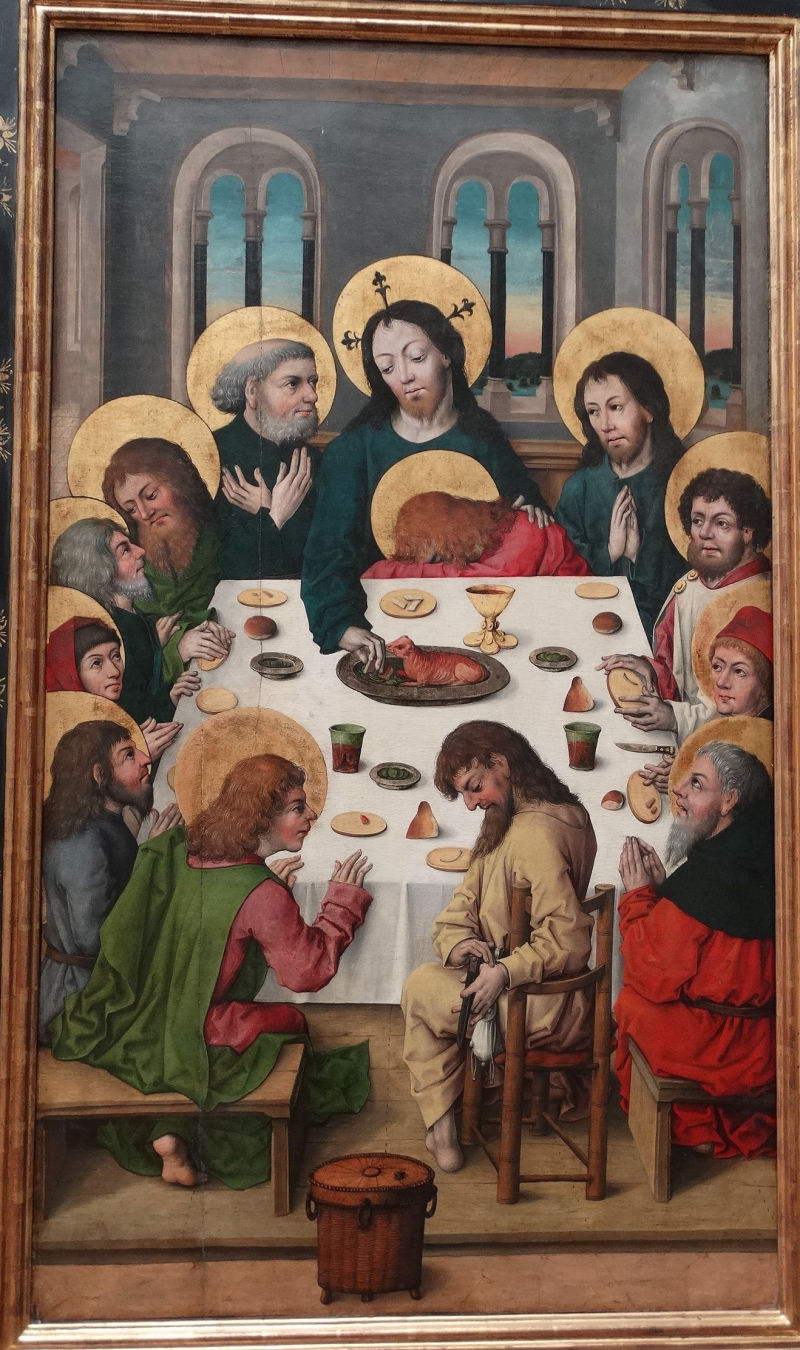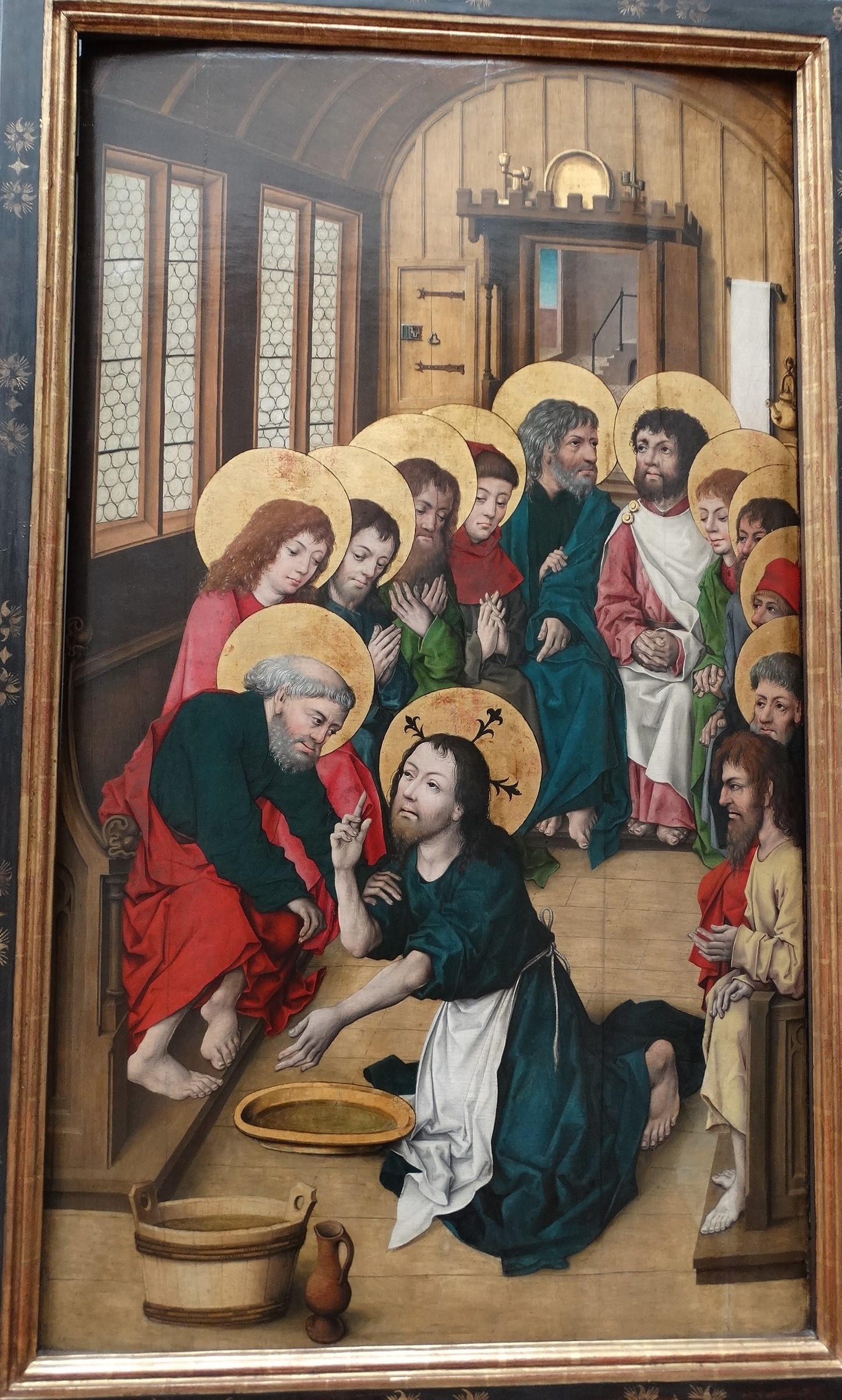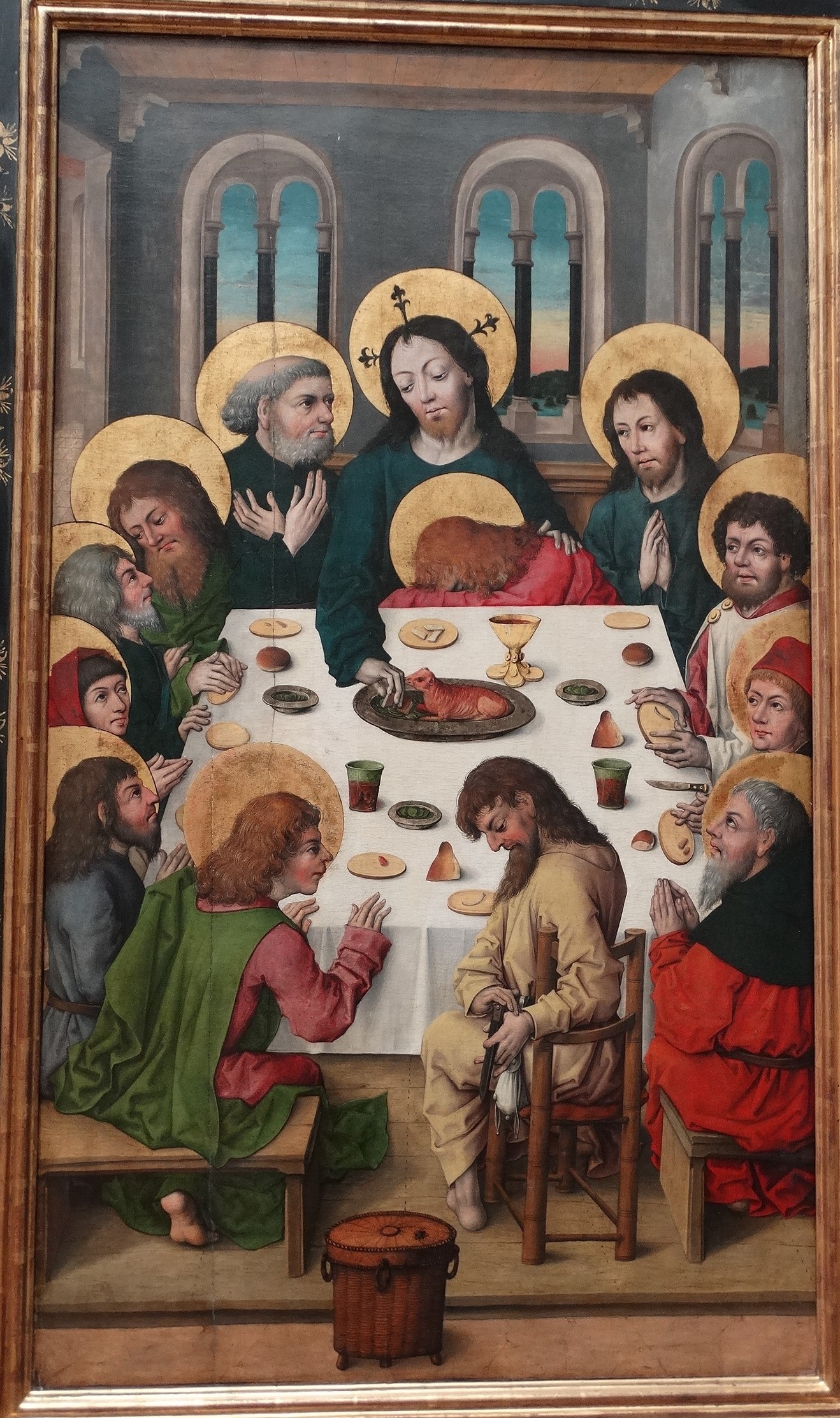Master of the Housebook and Master of the Amsterdam Cabinet (last quarter of the 15th century)
• Master of the Housebook and Master of the Amsterdam Cabinet are two names used for an engraver and painter.
• Master was working in South Germany in the last quarter of the 15th century.
• He is apparently the first artist to use drypoint, a form of engraving, for all of his prints (other than woodcuts he may have designed).
• The first name derives from his book of drawings with watercolour, called the Housebook, which belonged to the German noble family of Waldburg-Wolfegg from the 17th century until 2008, when they were reported to have sold it for €20 million to a Swiss buyer.
• However, the legality of its sale for export has been challenged and, for the moment, it remains with the family.
• In 1999, the book was lent to the National Gallery of Art in Washington, D.C., for an exhibition.
• The majority of his surviving prints are in the print room at the Rijksmuseum in Amsterdam, hence his second name.
• Most, but not all, art historians still agree that the Housebook and the prints are by the same artist.
• Next
 Master of the Housebook and Master of the Amsterdam Cabinet, The Foot Wash of the Apostles, c. 1475-80
Master of the Housebook and Master of the Amsterdam Cabinet, The Foot Wash of the Apostles, c. 1475-80 Original, Staatliche Museum in Berlin, Gemäldegalerie. Visited in 2019.
Original, Staatliche Museum in Berlin, Gemäldegalerie. Visited in 2019. Master of the Housebook and Master of the Amsterdam Cabinet, The Sacrament, c. 1475-80
Master of the Housebook and Master of the Amsterdam Cabinet, The Sacrament, c. 1475-80 Original, Staatliche Museum in Berlin, Gemäldegalerie. Visited in 2019.
Original, Staatliche Museum in Berlin, Gemäldegalerie. Visited in 2019.


